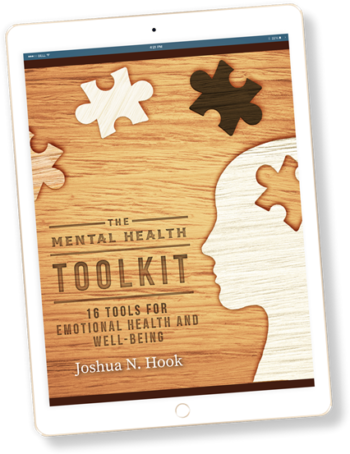How To Solve Internal and External Problems
January 2, 2018
Categories: Problems
As human beings, we are designed to solve problems. Often our biggest breakthroughs in life and work come from being successful in solving our big problems. However, the flip side is also true. Our most painful experiences come from experiencing failure in solving our most difficult and intractable problems.
The Difference Between Internal and External Problems
When solving problems in your life, it’s important to recognize whether your problem is something internal or external. Sometimes the strategies used to solve external problems don’t work for internal problems, and vice versa.
What’s the difference between an internal and external problem? It’s like it sounds. An external problem happens outside of you, and an internal problem happens inside of you.
Problem Solving Techniques and External Problems
If you are trying to solve an external problem, traditional problem solving techniques tend to work well. For example, if you have a flat tire, it makes sense to run through your traditional problem solving strategies. If you know how to change a tire, you can get the spare tire and tools out of your car, change the tire, and drive to the nearest Discount Tire store to patch or replace it. If you don’t know how to change a tire, you can call a friend or tow truck and have them help you.
For most external problems, this two-step process works well. If you have the expertise and know what to do to solve the problem, get going and take action. If you don’t know what to do, or haven’t developed the necessary skills to solve your problem, you can usually hire an expert to help you.
Problem Solving Techniques and Internal Problems
Sometimes we run into trouble, however, when we use the basic strategy for solving external problems, and try to apply it to solving internal problems. For example, when people struggle with an internal problem like anxiety, they often try to do something to control their anxiety. They might try to “will” their anxiety away, or distract themselves by doing something else.
The problem with these strategies is that they don’t really work. Internal experiences such as anxiety don’t work the same way as external things like changing your tire. When working on an external problem (i.e., changing your tire), you can focus on it temporarily, go through the steps, solve the problem, and move on with your life. However, if you are working on an internal problem (i.e., removing your anxiety), paradoxically, focusing on getting rid of your anxiety tends to make you more anxious. This is because when you try to control or get rid of an internal experience, that very action increases your focus on the internal experience. It’s a losing battle.
Don’t Think About Bananas
Here’s a quick thought experiment to show you what I mean. For the next 30 seconds, do not think about the word “banana.” Actually give it a try. Stop reading this blog post and focus all your energy on NOT thinking about the word banana.
How did it work for you? Were you able to eliminate all banana-related thoughts? If you’re like most people, you probably failed at this task. In fact, paradoxically, in those 30 seconds, you probably thought MORE about bananas than you did before reading this blog post. It’s not your fault—that is just how our minds work.
Acceptance as the Alternative
So if controlling or eliminating our internal problems doesn’t work, what’s the alternative? One alternative is acceptance. Acceptance means that we experience our internal thoughts and feelings as they are, without making a big effort to change or control them. For most people, this feels crazy, because we think about solving internal problems in the same way we think about solving external problems. For example, if we have a flat tire, it would be crazy to just accept and sit with the flat tire on the side of the road. We need to DO SOMETHING to fix our problem. But with internal problems such as anxiety, our need to do something to control or eliminate our internal problem backfires.
Discussion: Think about one problem you are dealing with in your life right now. Is it an internal problem or an external problem? Do your strategies for dealing with the problem match the type of problem you are dealing with?

Related Thoughts
One Comment
Leave A Comment

Subscribe To My Newsletter
Join my mailing list to receive the latest blog posts.
Receive my e-book “The Mental Health Toolkit” for free when you subscribe.






[…] problem is that when people do a lot of work to avoid or control an unpleasant thought or feeling, it doesn’t usually work. Sometimes the avoidance or control strategies actually make the problem worse! The alternative is […]